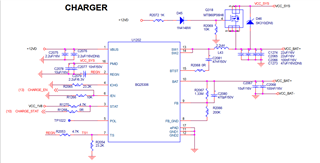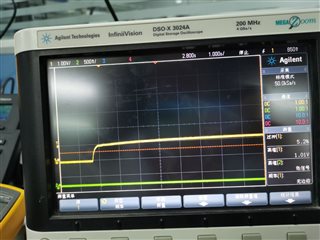
The schematic diagram of our design is shown in the figure. The charging voltage is 12V, and the battery voltage is 8.4V (two batteries in series). Our problem is as follows: 1. When the battery is discharged to a voltage below 6V, BQ25306 will not charge,the charging current is always 0mA



